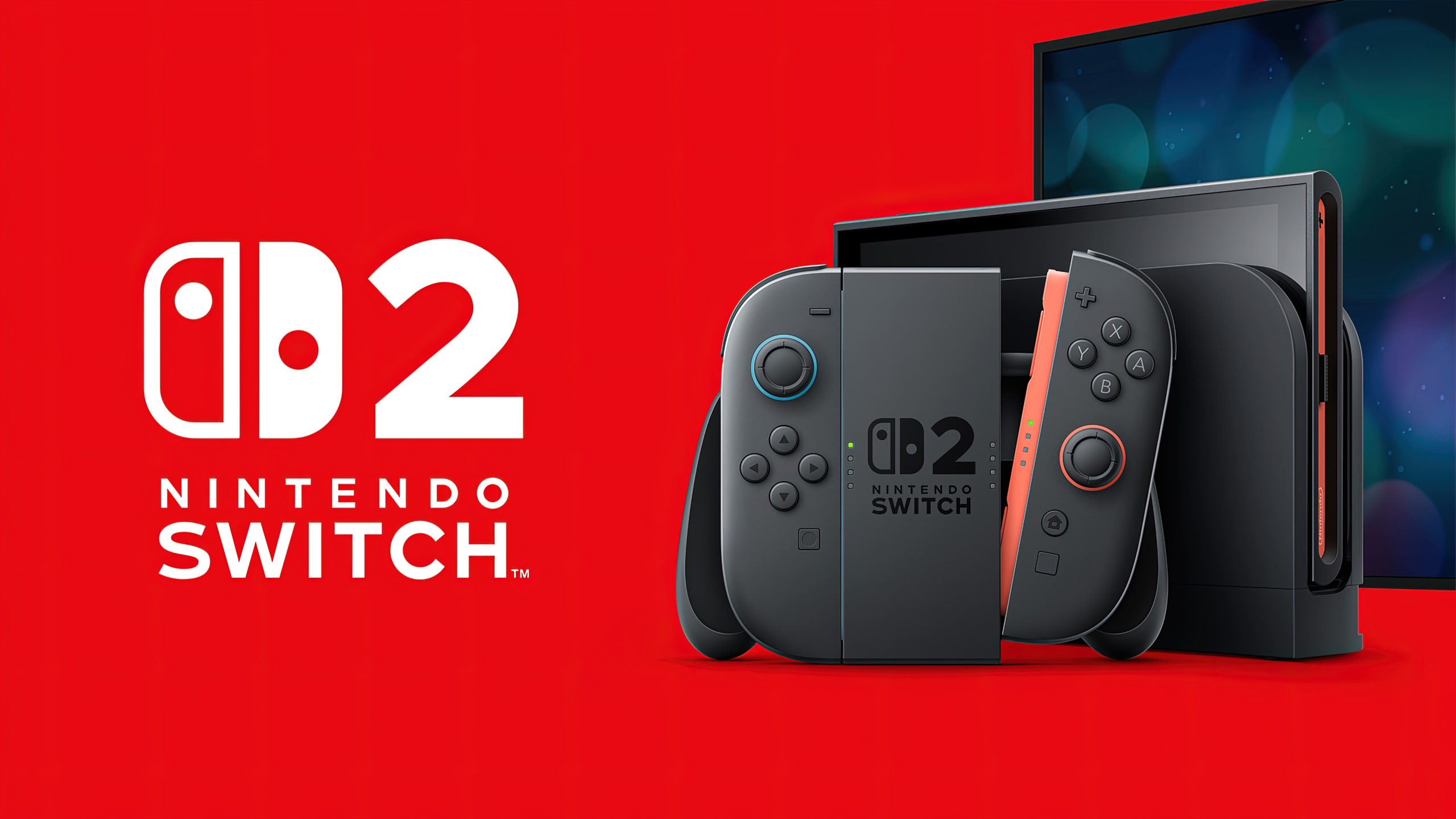The full Nintendo Switch 2 system specifications have been detailed today, providing a better idea of what the system may be capable of and revealing some of the limitations developers will have to work around for their games.
Today, Digital Foundry provided a full run-down of the system specifications for the next-generation Nintendo console, starting with the CPU. The ARM Cortex A7BC runs the ARMv8 64-bit instruction set with cryptography extensions enabled, with no support for 32-bit in the SDK, and features 64K of L1 instruction cache and another 64K for L1 data cache. Each of the eight cores has 256K of L2 cache, sharing 4MB of L3 cache. Like the original Nintendo Switch CPU, not all cores will be available for games, as two will be reserved for running the operating system. In terms of CPU maximum clock speed, the CPU can reach as high as 1.7 GHz, a lot higher than the figures of 1100 MHz for handheld mode and 998 MHz for docked mode. According to Digital Foundry, the max clock speed is a theoretical maximum that could be reached in specific circumstances.
Regarding the Nintendo Switch 2 GPU, Digital Foundry confirmed the specs leaked before the system was revealed. The console’s GPU is built on the Ampere architecture, which powers the RTX 30 series GPU, has 1536 CUDA cores, and runs at 561 MHz in handheld mode and 1007 MHz in docked mode. The GPU can run as high as 1.4 GHz, but it’s not clear if developers can push the GPU higher than the values indicated for handheld and docked modes. Additionally, developers won’t be able to use all the GPU resources, as some are reserved for the system. The 3.072 TFLOPs figure was also confirmed by Digital Foundry, but it has become somewhat irrelevant to gauge the system’s performance. Regarding the console’s ray tracing capabilities, the Nintendo Switch 2 is rated for around 10 gigarays per second, 20 in docked mode.
Much like the CPU and the GPU, not all of the Nintendo Switch 2’s 12GB of LPDDR5X RAM will be available for games. Besides confirming that the RAM comes with two 6 GB modules and its 102GB/s and 68GB/s bandwidth for docked and handheld modes respectively, Digital Foundry confirmed that 3 GB of RAM will be reserved for the operating system, which is a much bigger chunk of RAM reserved for non-gaming functions compared to what was reserved for the original Switch.
Via the system’s SDK, Digital Foundry was also able to confirm how the Nintendo Switch 2’s custom-made FDE, File Decompression Engine, should allow for faster and more power-efficient decompression, and how VRR is only available for the system’s screen, and is not currently supported over HDMI. It was also confirmed how Game Chat may have a certain performance impact on the system, so much so that a tool to test the function without an active session is being provided to developers.
Lastly, Digital Foundry was also able to confirm that the Nintendo Switch 2 will support multiple NVIDIA DLSS options—DLAA, 1x, 2x, and 3x options. While details on these options are not available, it is speculated that they could be equivalent to the Quality, Balanced, and Performance modes available on PC.
The Nintendo Switch 2 launches on June 5th worldwide, except for select regions like China and Central America.










